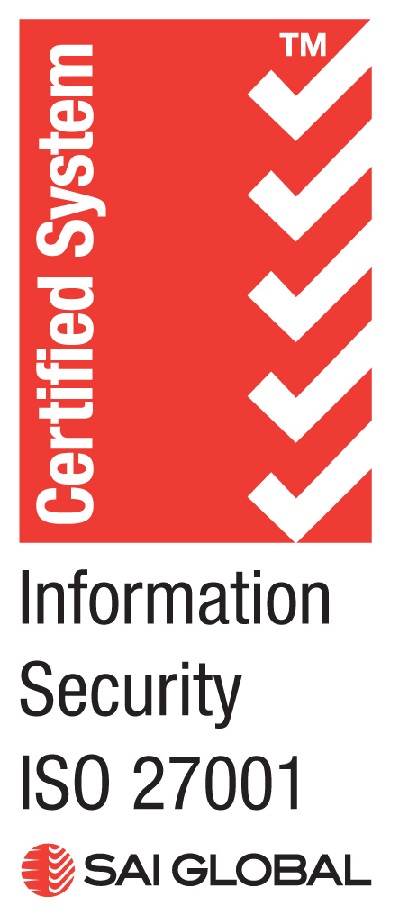Planning For The Unexpected: What Disasters Look Like
When you think about disasters, what comes to mind? For most New Zealanders, not surprisingly, an act of nature will be the first image – huge earthquakes that devastate entire regions, or dangerous storms that wreak havoc on cities.
We have enough natural disasters to make them a reasonable fear, and disaster recovery (DR) plans traditionally focus on these dramatic events. The reality, though, is that to your organisation, there are more everyday events that can prove just as catastrophic if you are not adequately prepared.
A storage device failure won’t make the news headlines, but it might mean you are unable to provide a critical service. 1 NEWS won’t have reporters camped outside your headquarters if a power outage delays production for a day. But a Disaster Recovery Journal study shows hardware, software and networking failures are among the most common causes of downtime, with human error close behind.
Has there ever been a person who has never made a tired miscalculation, or been guilty of a moment of distraction at work? But as IT becomes more critical to daily operations, the magnitude of errors becomes greater, and costlier.
How costly? It is a question that many analysts have attempted to answer over the years. Gartner’s Andrew Lerner cited an estimated average downtime cost of US$5,600 per minute – or more than $US300,000 per hour. In the case of significant downtime, the answer could easily be in the form of a question: what is the total value of your business?
Disturbingly, a global 2014 Disaster Recovery Preparedness Council study said that almost three-quarters of all organisations were at risk of failing to recover from a disaster. For business leaders, there is increasingly a responsibility to ensure that a comprehensive survival plan is in place for IT systems as well as people and production resources.
In an era where organisations around the world have been hit by a cyber security crisis, the focus on recovery time has intensified. It has been a wake-up call for some organisations still thinking only of natural disasters.
CodeBlue’s DR solution specialists recommend integration of the business continuity and DR plans, so that there is a focus on prioritising the most business-critical applications. Choose high availability infrastructure – HPE built its XP7 storage with exactly this in mind. And consider cloud options, such as DR as a Service (DRaaS) that might take away a lot of the admin and resource time.
Roles and responsibilities must be clearly outlined, with backup personnel identified in case anyone is unavailable for some reason. We’ve encountered otherwise good DR plans that could have failed if they fell when certain key staff were on holiday.
Given the pace of business change, any plan must be a live document that is regularly updated. And the real key is to test, test, test! Try to replicate or practice potential crises, ranging from, yes, natural disasters to the cleaner unplugging a key piece of infrastructure. You will likely learn more after every test.
Finally, get a fresh set of eyes. When you see your environment every day, it is easy not to notice some elements. An independent DR audit is an investment that pays off when disaster strikes.
For more about creating realistic DR plans, or to book a free DR readiness assessment, contact the team at CodeBlue.

Need more information?
Get in touch with us
